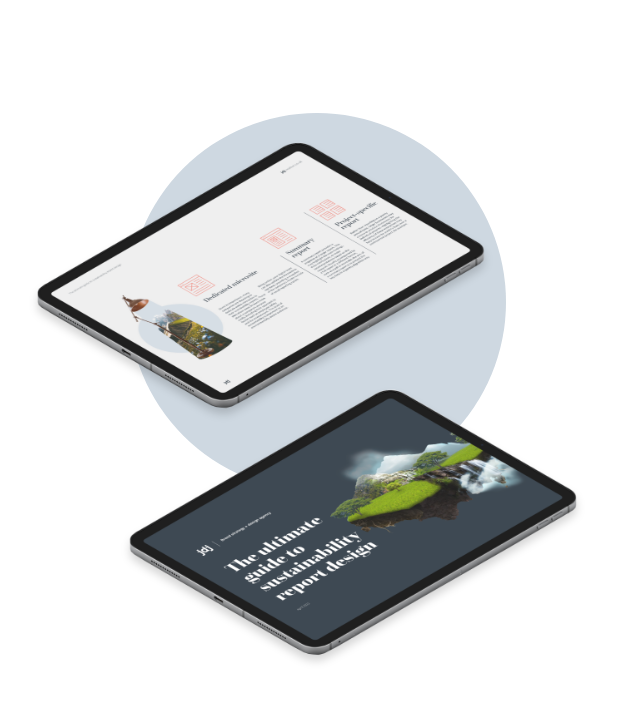Before undertaking any research or reporting, it’s important to identify the expectations of your stakeholders and use this information to define the goals of your reporting process. This will highlight why your business is undertaking this research, and what areas to focus on.
To do this will require an understanding of your:
Without these goals, this entire process could amount to little more than a tick box exercise, with little value to your business. For example, reporting purely on Scope 1 and 2 greenhouse gas emissions may fulfil reporting requirements, but will offer little insight into the costs of other environmental factors on the business.
How you collect data will depend on the size of your organisation. While smaller companies can record data through spreadsheets, larger enterprises may choose to deploy dedicated departments and reporting software.
For those starting out with sustainability reporting, it may be enough to measure energy usage, based on itemised bills, alongside qualitative data in the form of regular employee surveys. Sustainability reporting is an iterative process, to improve upon year on year. What is important is taking the first step.
Using the goals already defined, it should be a simple process to decide what metrics to report on. Aligning these metrics with a chosen framework will narrow down the scope of the information required. As a minimum, we recommend aligning any findings with the GRI and SASB reporting standards, as well as the TCFD disclosures.
It is important to note that in the first year it is not expected that businesses report against all metrics in a given framework. By identifying gaps, you should instead implement an actionable plan to address them in future reporting cycles.
Read more: How to measure sustainability
Ideally, reporting will result in continuous improvement year by year. However, in the first instance, findings provide an initial baseline on which to base future years’ strategies. Figures recorded at this stage may identify many areas for improvement, and you should not ignore or hide this.
By evaluating quantitative data objectively, you can easily identify trends that accurately celebrate progress or identify challenges faced unbiasedly. Having chosen and aligned your findings with a sustainability framework, internal and external stakeholders can easily compare performance across different years and industry peers.

“
How you present the information can determine how many people read the document. Remember, your document doesn’t have to be printed or even a full-length report.
Other options include:
Like any report, its success will depend on how accessible it is and how closely it meets the needs of the key stakeholders.
For example, investors will be most interested in hard data presented as tables and charts, while a narrative that tells a story and is accompanied by relatable case studies will likely captivate consumers, employees and even the media.
For a report which aims to appeal to multiple audiences, a mix of raw data and an engaging narrative is essential to its overall success.
Read more: How to present a sustainability report
Having measured and analysed the findings, the final stage is to act upon them. Consider what processes you can put in place to improve upon your measures for next year’s report. Not only will this look good for stakeholders, but will increase efficiencies.
Are you looking to publish your first sustainability report, or improve the design of your current offering?
Download our guide to sustainability report design and learn:
✅ The most popular reporting frameworks and how to use them
✅ The five key steps to successful sustainability reporting
✅ Our top tips for excellent report design
If you want to partner with an external agency, JDJ has over 10 years of experience designing reports for financial, educational, professional and technology companies in the UK and the US. Knowledgeable about the major sustainability reporting frameworks and with a proven track record of producing reports which inspire investors, consumers and internal stakeholders alike, we’d love to help on your sustainability reporting journey.
Share
Sign up to our monthly newsletter to receive your guide to thought leadership design.

Sign up to our monthly newsletter to receive your guide to annual report design.

Sign up to our monthly newsletter to receive your guide to sustainability report design.
